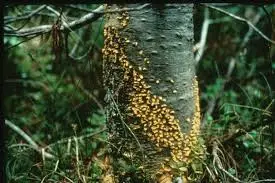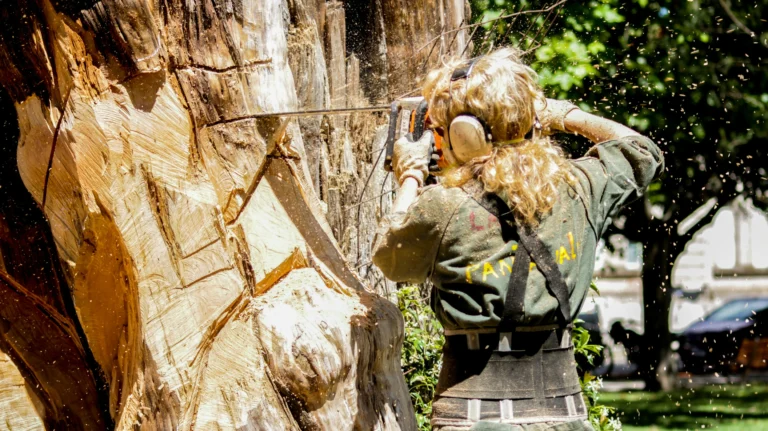Why Many Pine Trees Have Rust Disease in USA?
So, why many pine trees have rust disease in USA? Is there any outside factor or any natural reason. Well! You will learn much about pine trees rust disease today!
Pine trees used to rule the woods. You saw them in parks, yards, and wildlands. They stood tall. They looked tough, and it’s not just bad luck. It’s a wake-up call. You care about trees, right? Maybe you have one in your yard. Maybe you just love nature. Either way, you need to know why this is happening. And you need to know what to do before it spreads more. Rust disease is no joke. But don’t stress. Let’s crush it.
Check now: Pine Tree Removal Cost Calculator
What the Heck Is Rust Disease?
Rust is a group of nasty tree diseases. It’s caused by fungi. Not the good kind. These don’t help soil or break down waste. They attack. They mess up how trees grow.
Here’s what it does:
- It spreads fast through wind or rain.
- It enters through tiny cuts or holes in pine bark.
- It blocks water flow inside the tree.
- It kills needles, twigs, and whole branches.
- In time, it can kill the whole tree.
This stuff isn’t rare either. It’s across the U.S. From the East Coast to the Rockies, pines are getting wrecked.
Read also: How to Remove a Tree: A Step-by-Step Guide
Why It’s Spreading Like Crazy
You’d think we’d have this under control. Rust disease is getting worse, and it is not random. There are real reasons behind it.
1. More Warm, Wet Weather
Fungi love it warm and wet. With temps going up and rain patterns changing, it’s the perfect storm.
- Spring is wetter.
- Summers are humid.
- Spores spread like fire.
Climate change? Yeah, it’s playing a huge role, and trees can’t adapt that fast.
2. Bad Forest Planning
Back in the day, folks planted loads of pines in the same spots. Why? Fast growth. Good wood. Easy money.
But here’s the problem:
- No tree mix
- No natural block
- Disease moves from tree to tree, with no breaks.
Monoculture is a goldmine for fungi.
3. Missing the Signs
Rust doesn’t show up right away. It hides. It creeps in slowly. The harm may not be visible until it’s already too late.
- Needles turn yellow.
- Branches bend or snap.
- Tree starts thinning.
By then, the spores had already spread. Even your neighbor’s trees are at risk.
Read also:
What You Can Do Right Now
You’re not helpless. You can take action, just need to act fast and smart.
1. Check Your Trees
Look close. Once a month is fine. Watch for:
- Yellow or red spots
- Swollen bark or cracks
- Needle loss or tip dieback
Catching it early can save your tree.
2. Plant Smart
Mix trees up. Don’t plant just pines. Use:
A mix helps block the spread. It also brings in better bugs and birds. Win-win.
3. Use Rust-Resistant Types
Some pines are stronger. Ask your local tree store. Look for:
- Rust-resistant seeds
- Local friendly breeds
- Smaller pine groups
Don’t plant big rows. Keep space between trees. Fungi hate gaps.
4. Call the Pros
If you see big signs of rust, don’t wait. Get help. Tree experts can:
- Trim infected parts.
- Spray-safe fungi blockers
- Save what’s left.
You’ll save cash and trees both.
What the Future Holds
Rust won’t vanish. Not by itself. It’s here to stay unless we step up. But the truth? You’ve got power. You can:
- Grow smarter
- Plant better
- Stop the spread.
Think long-term. Rust is a sign. A signal to fix how we treat our trees. Not just for now, but for the next wave of folks who’ll need shade, air, and peace.
Final Take
So, why do many pine trees have rust disease in the USA? Because of poor planning, rising temps, and slow action. But now you know. Now you’re ready. Check your yard. Watch the signs. Mix your trees. Ask for help when you need it and share this with friends. Time to save some pines.
Related Articles:
How Long Does It take a Bonsai Tree to Grow






